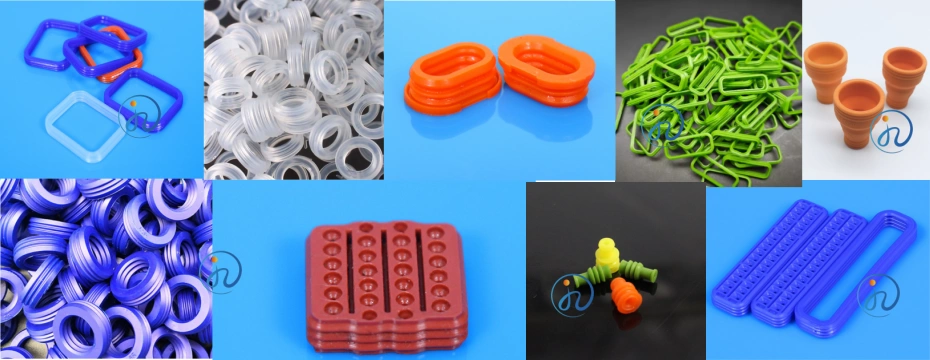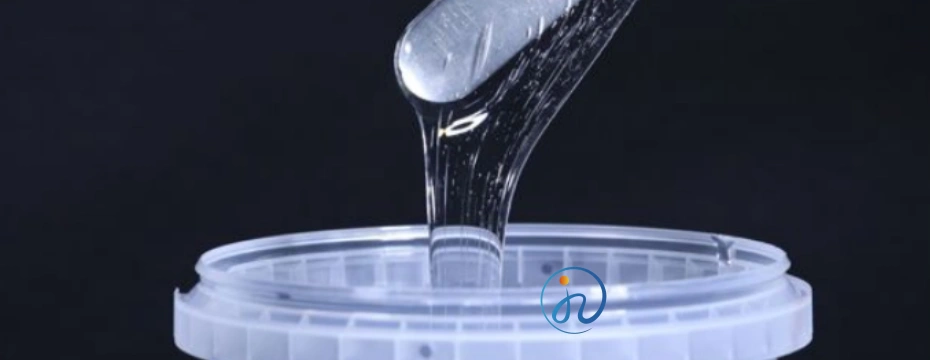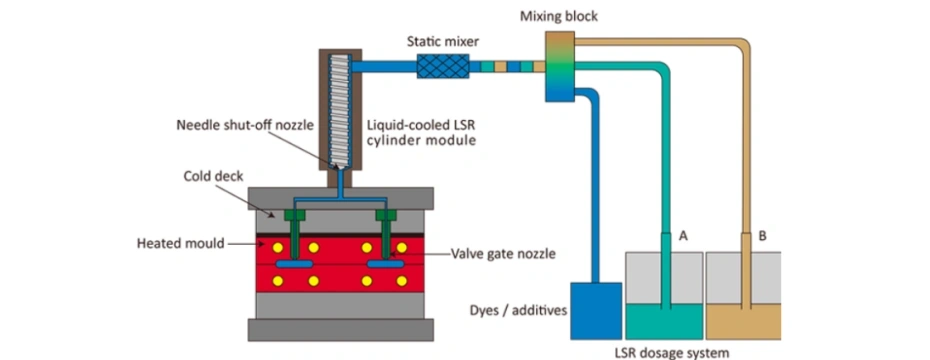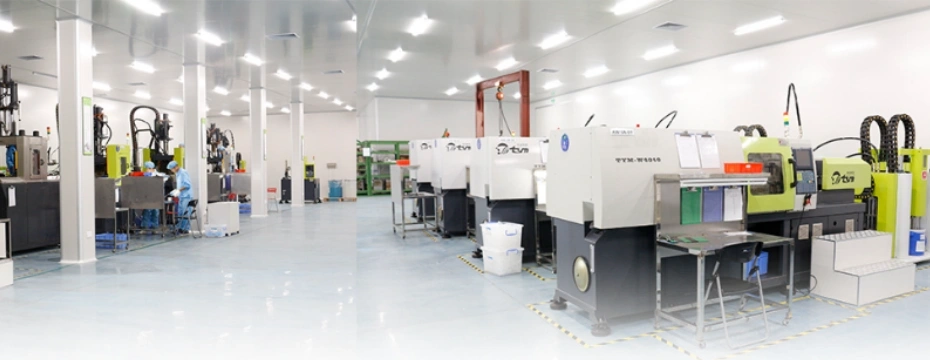Table of Contents
ToggleIn the world of high-performance elastomers, oil-bleeding LSR stands out as a specialty material that solves a very specific problem: the need for long-lasting, built-in lubrication. Unlike standard liquid silicone rubber (LSR), oil-bleeding gel is engineered to slowly release a thin film of silicone oil on its surface over time.
This unique characteristic provides excellent self-lubricating performance, reduces friction, and improves durability, making it a preferred choice in industries such as medical devices, automotive sealing, and consumer products.

In this guide, we will explain what oil-bleeding silicone is, how it works, its advantages, and the industries where it makes the most impact.
1. What is Oil-Bleeding LSR?
Oil-bleeding LSR is a type of liquid silicone rubber that contains a certain proportion of silicone oil dispersed in its polymer matrix. Over time, this oil migrates to the material’s surface, creating a thin, lubricating film. This process is gradual and continuous, meaning that even after the surface layer is worn away, new oil emerges to maintain lubrication.

Oil-bleeding grades of LSR retain all the core benefits of standard LSR—such as temperature resistance, biocompatibility, and flexibility—while adding the functional advantage of a self-lubricating surface.
2. How Oil-Bleeding Liquid Silicone Rubber Works
The mechanism behind oil-bleeding silicone lies in controlled oil migration:
- During manufacturing, silicone oil is blending into the LSR formulation.
- Over time, molecular motion and diffusion cause the oil to move toward the material’s outer layer.
- This results in a continuous, microscopic coating of oil on the surface.
This lubrication layer reduces friction and wear, making it ideal for parts that interact with other surfaces under motion, compression, or rotational movement.
3. Key Properties of Oil-Bleeding LSR
Oil-bleeding Liquid silicone rubber combines the inherent qualities of silicone rubber with the advantages of built-in lubrication. Key properties include:
- Self-Lubricating Surface – Eliminates the need for external lubricants.
- Wide Temperature Resistance – Typically performs from –50°C to +200°C.
- High Biocompatibility – Safe for use in medical-grade applications.
- UV and Ozone Resistance – Suitable for outdoor and high-exposure environments.
- Consistent Elasticity – Maintains flexibility over long service life.
- Non-Toxic and Chemically Inert – Compatible with sensitive applications.

4. Advantages of Oil-Bleeding LSR
The unique oil-release feature translates into several practical benefits:
4.1 Reduced Friction and Wear
The silicone oil layer minimizes surface friction, lowering wear between contacting components.
4.2 Longer Service Life
Because the lubrication is replenishing naturally, components last longer without maintenance.
4.3 Improved Sealing
The oil film can fill microscopic gaps, enhancing sealing performance in dynamic and static applications.
4.4 Maintenance-Free Operation
No need for external lubrication during installation or service life.
4.5 Cleaner Production
Oil-bleeding LSR can reduce or eliminate manual oil application in manufacturing, speeding up production and reducing contamination risk.
5. Manufacturing Process of Oil-Bleeding LSR Parts
Oil-bleeding silicone parts are typically made using liquid injection molding (LIM):
- Material Preparation – Two-part LSR system (A & B) is mixed with silicone oil additives.
- Injection – The mixture is injected into a heated mold under pressure.
- Curing – The heat triggers crosslinking, turning the liquid into solid elastomer.
- Demolding – Parts are removed and may undergo post-curing to enhance performance.
- Quality Testing – Dimensional accuracy, oil release rate, and physical properties are inspected.

6. Applications of Oil-Bleeding LSR
Oil-bleeding liquid silicone is used where low friction, long-lasting lubrication, and durability are essential:
6.1 Medical Devices
- Catheters and tubing
- Syringe plungers
- Medical valves and seals
- CPAP mask components
6.2 Automotive Industry
- Dynamic O-rings
- Shaft seals
- Gaskets for moving assemblies
6.3 Consumer Products
- Seals in kitchen appliances
- Wearable device straps
- Personal care product seals
6.4 Industrial Equipment
- Pneumatic and hydraulic seals
- Moving mechanical parts
- Valves and diaphragms
7. Performance Considerations
While oil-bleeding silicone rubber offers many benefits, engineers must consider:
- Oil migration rate – Too much oil can cause slippage or contamination in some cases.
- Compatibility – Ensure oil film doesn’t affect nearby materials.
- Application environment – Select the right oil-bleeding grade for the operating temperature and chemical exposure.
8. Oil-Bleeding LSR vs. Standard LSR
| Feature | Standard LSR | Oil-Bleeding LSR |
|---|---|---|
| Lubrication | Requires external lubrication | Self-lubricating surface |
| Maintenance | May require re-lubrication | Maintenance-free |
| Cost | Slightly lower | Higher due to additives |
| Applications | General sealing and molding | Dynamic seals, moving parts, medical devices |

9. Future Trends in Oil-Bleeding LSR
With growing demand for maintenance-free and high-performance materials, oil-bleeding silicone is gaining popularity. Innovations include:
- Customizable oil release rates for different applications.
- Eco-friendly silicone oils with lower environmental impact.
- Advanced medical formulations for long-term implantable devices.
Conclusion
Oil-bleeding LSR is more than just a variation of liquid silicone rubber—it’s a functional upgrade that delivers continuous lubrication, reduced maintenance, and improved product performance. From medical devices to automotive seals, this material is helping engineers design components that last longer, work more efficiently, and perform reliably under demanding conditions.

If you’re considering oil-bleeding silicone for your project, work with an experienced silicone molding manufacturer to select the right formulation and optimize performance for your specific needs.